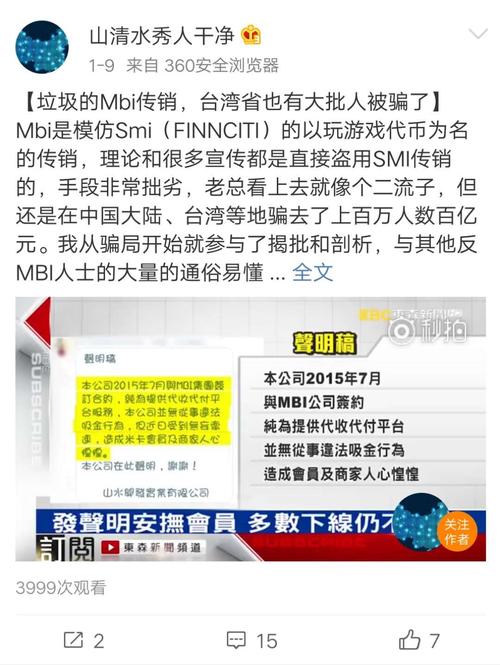音乐区观察记录
观察记录表音乐
Observation Record in Music
Observation record in music involves the documentation of a student's progress, behaviors, and skills during music lessons or practice sessions. It provides valuable insights into the student's musical development and aids in assessing their strengths and areas for improvement. Recording observations in music helps teachers, parents, and students track progress over time and make adjustments to the learning process as needed.
1. Technical Skills:
Observing a student's technical skills in music involves noting their proficiency in playing their instrument, understanding musical notation, and executing musical techniques. This includes assessing their ability to play scales, arpeggios, and specific pieces of music with accuracy and fluency.
2. Musical Expression:
Musical expression refers to the student's ability to convey emotions, dynamics, and phrasing in their performance. Observations in this area should include feedback on the student's use of dynamics (loudness and softness), articulation (staccato, legato), and interpretation of the musical piece.
3. Rhythm and Timing:
Assessing a student's sense of rhythm and timing is crucial in music education. Observations should focus on the student's ability to maintain a steady tempo, accurately count rhythms, and execute rhythmic patterns with precision.
4. Musicality and Interpretation:
Observations related to musicality and interpretation involve evaluating the student's ability to bring a musical piece to life by understanding its nuances, style, and historical context. This includes feedback on phrasing, use of rubato, and overall interpretation of the piece.
5. Practice Habits:
Monitoring a student's practice habits is essential for their progress in music. Observations should include notes on the student's consistency in practice, ability to focus during practice sessions, and utilization of effective practice strategies recommended by the teacher.
1. Tracking Progress:
Recording observations in music allows teachers, parents, and students to track the student's progress over time. It provides a clear picture of the student's development and helps set realistic goals for future improvement.
2. Identifying Strengths and Weaknesses:
An observation record helps in identifying the student's strengths and areas for improvement. It enables teachers to tailor their instruction to address specific needs and enhance the student's overall musical growth.

3. Enhancing Communication:
By documenting observations in music, teachers can effectively communicate with parents and students about the student's progress. It fosters a collaborative relationship and ensures that everyone involved is informed about the student's musical development.
4. Setting Learning Objectives:
Observation records assist in setting meaningful learning objectives for the student. Based on observations, teachers can create targeted lesson plans that address the student's individual needs and foster continuous improvement.
5. Motivating Students:
Reviewing observation records with students can serve as a motivational tool. Celebrating achievements, no matter how small, and offering constructive feedback can inspire students to work hard and strive for musical excellence.
Observation records in music play a crucial role in monitoring and enhancing a student's musical journey. By documenting observations related to technical skills, musical expression, rhythm, musicality, and practice habits, teachers can guide students towards continuous improvement and success in music. Regularly updating observation records, sharing feedback with students and parents, and setting realistic learning objectives are essential practices in music education.











